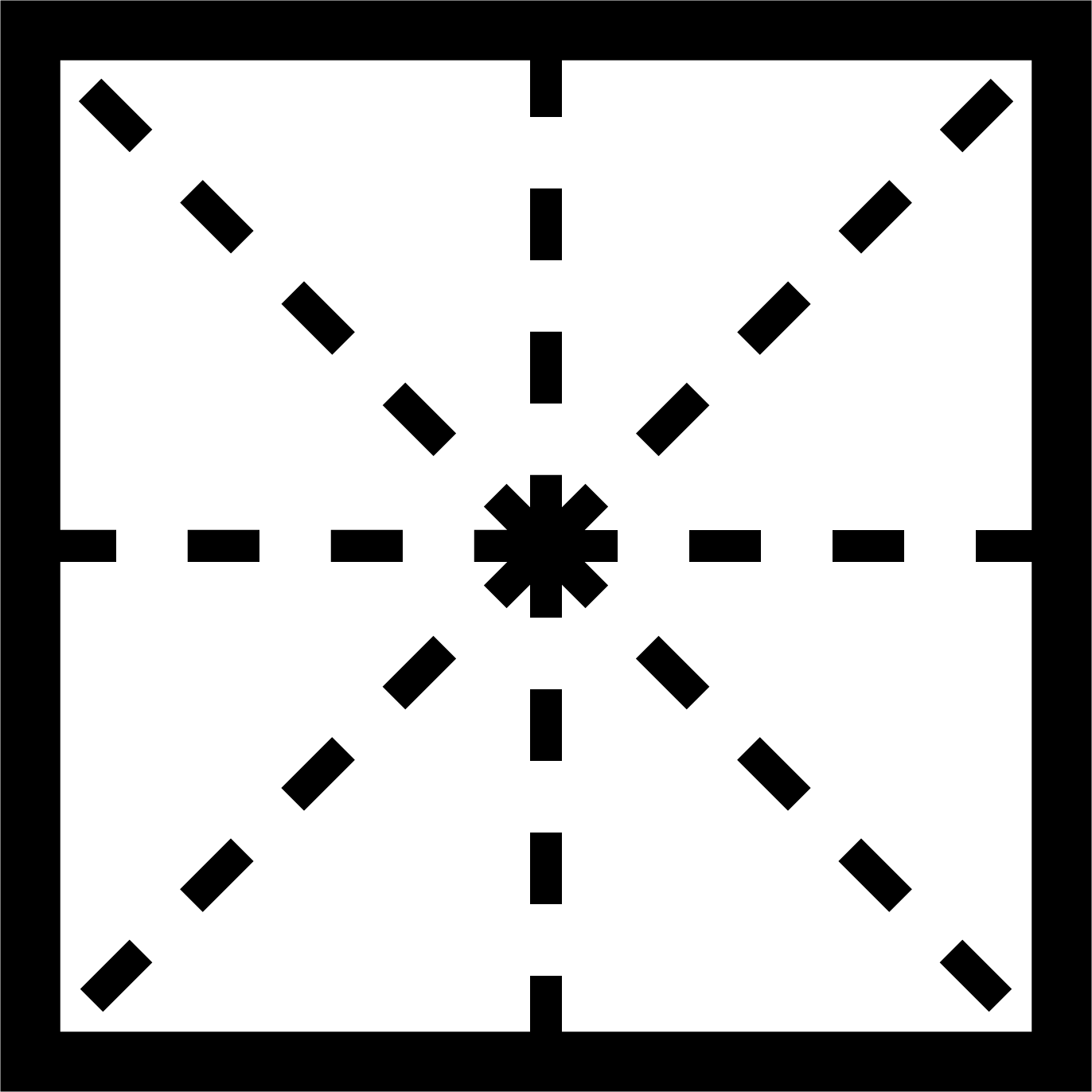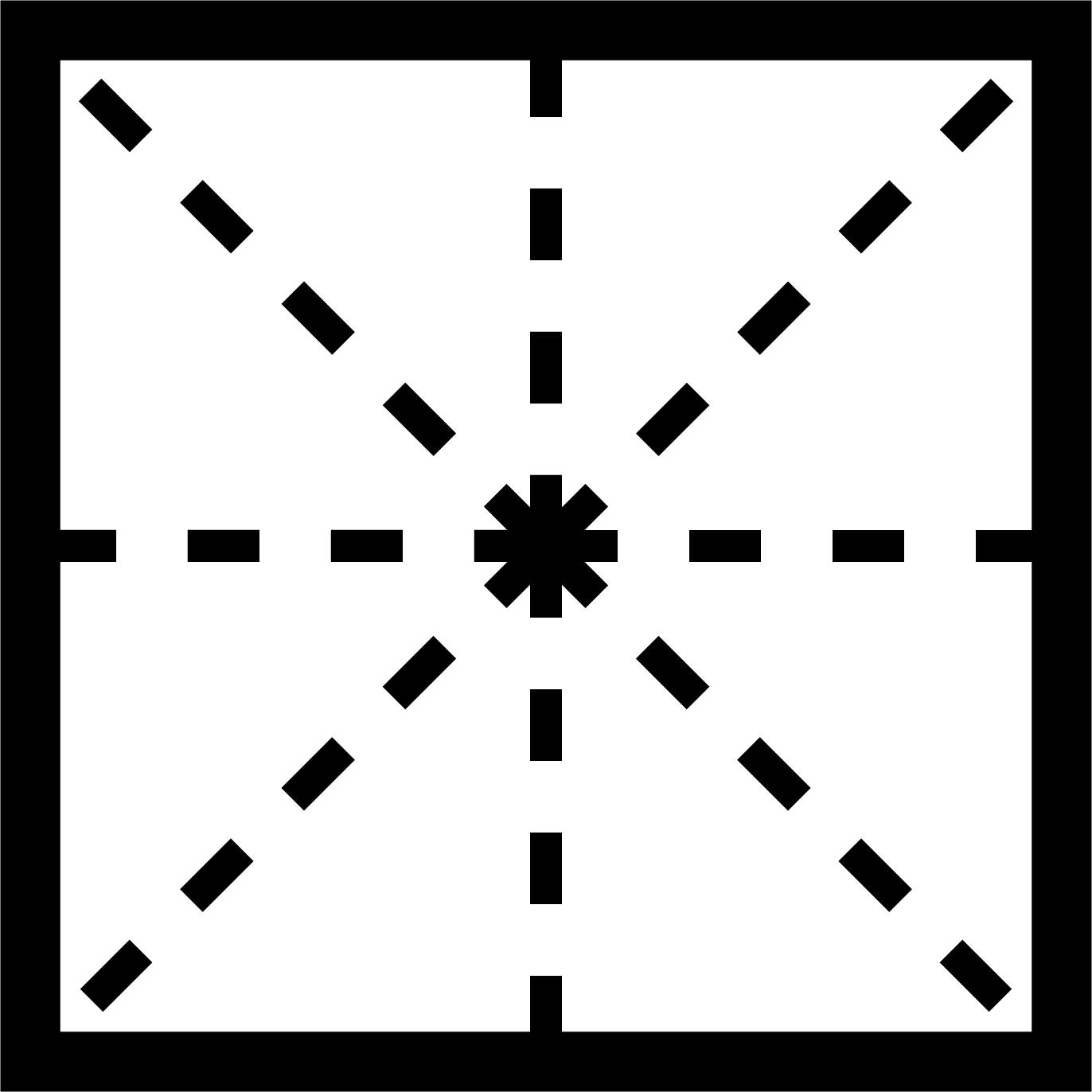A whiteboard, a motor on each side, a marker hung on a pulley fed into the motors, one potentiometer dial each to control the direction of their motor, a fixation on the line drawn, a false sense that you can control how the drawing turns out since you're in conversation with the other person via the machine.
Built with help from Sam Rogers and John Wall.
The marks made themselves are unpredictable but follow an elliptical pattern due to the setup of the two motors as foci of the drawing.
The two operators of the drawing machine usually pick up the rules of the controls very easily. They realise either by induction or my instruction that each potentiometer controls the direction and stops the motor at various degrees of rotation.
The two people operating each potentiometer don’t have complete agency over the mark made as each person respectively does not know what direction the other person decides to take their motor in. However, the person has a responsibility and the true ability to let or take in the amount of belt allowed on each side – so the onus to not break the machine by letting the belt get too short between the two motors is on both operators.
Operators negotiate the controls to get the goal of sweeping arcs and straight lines. Ultimately, most people let go of communicating because it would have been taxing to continue the discussion when most of the operators’ mental energy is spent on the controls and controlling the direction of their individual motors. Hence the communication is mediated entirely by the machine between two people.I think this was the strongest project additionally because people had a lot of fun with it, and people just love physical robots and motors generally, and being able to manipulate things on a tactile level. The ability to touch and see a thing follow our instruction is literally like translating and embodying our personalities onto an art piece.
The drawing robot was very difficult as I’d never soldered nor worked with an Arduino before. I had to ask for help of 4 different people, for which I’m very grateful. I remember hectically going across campus to all these different spaces to find parts and make things. I now know that I love soldering, and I intend on doing a whole lot more.

